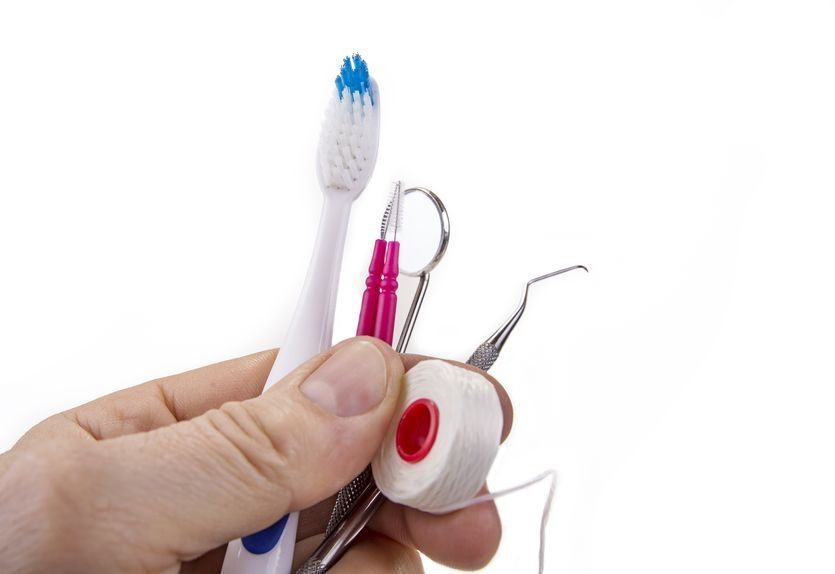Dental Floss or Dental Picks?
- By Mary Marks
- •
- 26 Mar, 2020
- •

A proper oral hygiene involves flossing, not just brushing your teeth and using mouthwash. The floss gets in the tight spaces between teeth and removes all residues – which not even electric toothbrushes can dislodge.
For some time now, you can choose between traditional dental floss and dental picks. The latter device is Y shaped and has a piece of floss between the prongs. So, which one of the two options should you choose? Here are the facts from experienced sedation dentistry Denver offices.
Using Dental Floss
Dental floss is very easy to use. You cut a piece of floss, hold it with both hands and clean the space between teeth. You can change the angle and move the floss up and down the space between teeth at your own pace.
Also, dental floss can be safely used if you wear braces.
Using Dental Picks
Dental picks are more convenient because you only need one hand to use them. However, there is a price for convenience: you don’t reach as well between the teeth, especially the ones at the back of your mouth.
Dental picks are also hard to use if you wear braces, or if your teeth are very close together. Thus, you need more care and effort to properly floss between all the spaces.





Although oral sedation dentistry Highlands Ranch is one of the optionsavailable for managing anxiety and discomfort during oral surgery, you certainly do not need to use it all the time. As a matter of fact, the exact type of sedation or anesthesia that you receive during oral procedures may depend on various factors, such as the complexity of the procedure, your medical problems, as well as your doctor’s preferences.
There can be several different levels of sedation that can be used in oral surgery. Local anesthesia is one of them. This involves injecting anesthetic medication into the specific area where the surgery will take place. It numbs the area and is often used for less invasive procedures.
Oral sedation involves taking medication in the form of a pill to induce a state of relaxation and drowsiness. The patient is still conscious, but he/she may not be fully aware of the procedure. At any rate, sedation helps him/her get rid of anxiety.
In the case of intravenous sedation, medication is administered through a vein, which induces a deeper state of sedation than oral sedation. Patients may still be conscious, but they are less aware of their surroundings and may not remember the procedure.





